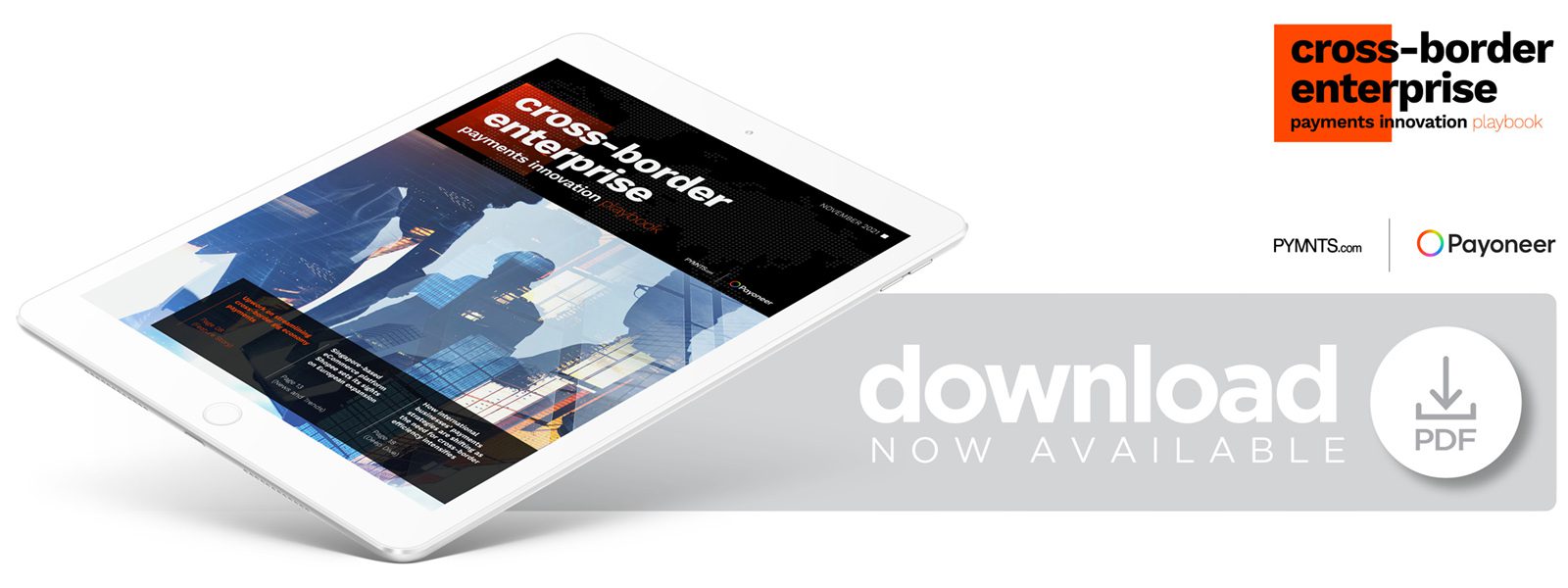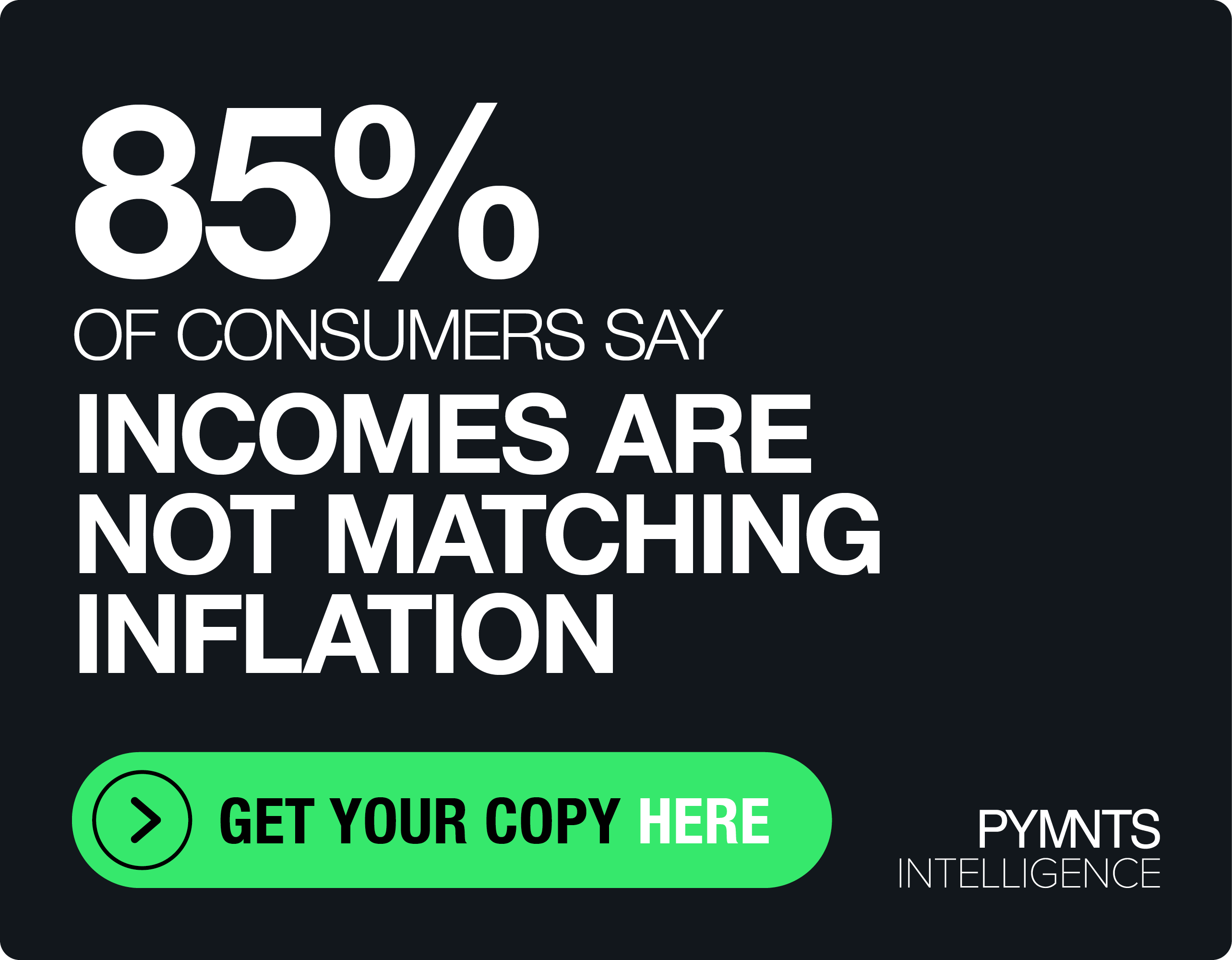Deep Dive: How International Enterprises Can Prepare for Growth With Second-Wave Payments Orchestration

The international eCommerce ecosystem has changed dramatically in the 19 months since March 2020. Consumers around the globe have shifted to shopping online en masse and are exploring novel and enticing international shopping opportunities.
Digital platforms and marketplaces worldwide are angling to meet this growing demand, expanding into new regions and territories and adding payments capabilities to support their international expansions.
Having firmly established themselves in a variety of markets, international enterprises are now facing a new challenge: how to streamline and simplify their cross-border payments operations to sustain the growth that helped them build an international presence in the first place. This month’s Deep Dive explores the complex ways in which digital platforms’ and marketplaces’ cross-border payments orchestration strategies are shifting as they take stock of their payments inefficiencies and position themselves for long-term growth.
Looking Back on First-Wave Payments Orchestration
The past year and a half have been a boon for digital platforms and marketplaces, which have become increasingly central to consumers’ everyday lives. Ninety-one percent of U.S. consumers now make regular purchases on Amazon, and 70% regularly purchase on other nationally known digital marketplaces. Digital platform use is even higher among millennials and bridge millennials, of whom 97% make regular purchases on Amazon or other nationally known digital marketplaces.
Consumers’ growing appetite for the seamless, convenient shopping experiences that digital platforms and marketplaces allow has enabled platforms to expand worldwide, with many of them working to extend their reach to shoppers abroad. Singapore-based eCommerce platform Shopee and San Francisco-headquartered virtual events platform Hubilo are two prime examples, as both firms have made headway in expanding into Europe, the Asia- Pacific and South America.
This large-scale expansion has gone hand in hand with an increase in the variety of payments capabilities that platforms and marketplaces provide. These platforms must enable localized payments capabilities that match their customers’ expectations and local governmental regulations every time they enter new markets. This requires not only partnering with local payment service providers (PSPs), such as AliPay or WeChat Pay in China or Boleto Bancário in Brazil, but also adding one or several application programming interfaces (APIs) that can help them more seamlessly integrate their payments operations with those of local PSPs.
The trouble is that international expansion is often difficult for enterprises to manage alone. API integrations and partnerships with PSPs tend to pile up as platforms enter more and more markets. Enterprises often learn too late that they lack the in-house knowledge and technology they need to streamline and simplify the complex assortment of payments capabilities they require to operate on a global scale. Many are now turning their focus outward to search for more comprehensive, simpler external solutions that can help take their cross-border payments strategies to the next level.
Shifting Tides: Second-Wave Payments Orchestration
International enterprises’ need to optimize the complex payments infrastructures they have constructed over the past 19 months is giving rise to a so-called “second wave” of payments orchestration, one that is characterized by an increased focus on efficiency and transparency. International enterprises entering their second wave of payments orchestration are less concerned with adding capabilities to their payment stacks and are more invested in optimizing the payments operations they already have in place.
Payments orchestration can help international marketplaces and platforms reduce operating costs and maximize profits in several key ways, with enabling enhanced know your customer (KYC) and compliance capabilities being among the most important. Platforms that operate in multiple markets must achieve compliance in each one, and the ways in which they collect and handle users’ data can be highly restricted in certain instances. Ensuring that data is managed in accordance with local regulations can be prohibitively expensive, however.
Third-party payment orchestration providers can mitigate these substantial data management costs via tokenization, which allows them to remove sensitive user details and replace them with unique tokens that can be used to complete platform transactions. Many PSPs offer some form of tokenization, but their tokens generally can be used only with their own payment services. Payment orchestration providers’ tokens go one step further, providing their end users a greater degree of flexibility and enabling use across myriad payment gateways.
Tokenization is not the only way in which payments orchestration can help enterprises ease compliance frictions, either. Payments orchestration solutions that leverage APIs can also provide businesses with the flexibility that they need to add and remove new payments capabilities from their payments stacks without making fundamental changes to their core IT infrastructures. This not only allows enterprises to roll out new payments products and services faster and at a lower cost than would be needed to alter their IT infrastructures, but it also enables them to manage their continually evolving payment stacks through a single user interface.
Payment orchestration layers that third-party providers offer can even be added to enterprises’ overarching enterprise resource planning (ERP) software and used to look under the hood of their payment operations as if it were a single, well-oiled machine. Such a layer centralizes the control of an enterprise’s entire payments ecosystem into a single command hub, giving decision-makers a real-time, 360-degree overview of their payment flows. Enterprises can thereby track and manage their payments operations without having to spend excess time navigating a sea of interconnected payment gateways.
The flexibility this payments orchestration provides not only ensures that platforms can easily add and remove capabilities from their payment stacks but also safely transact within and across countless international markets, each with radically different and constantly changing regulatory standards. Payments orchestration thereby stands out as one of the more notable ways in which international platforms and marketplaces could reduce their cross-border costs, future-proof their payments operations and help them scale for long-term growth.

